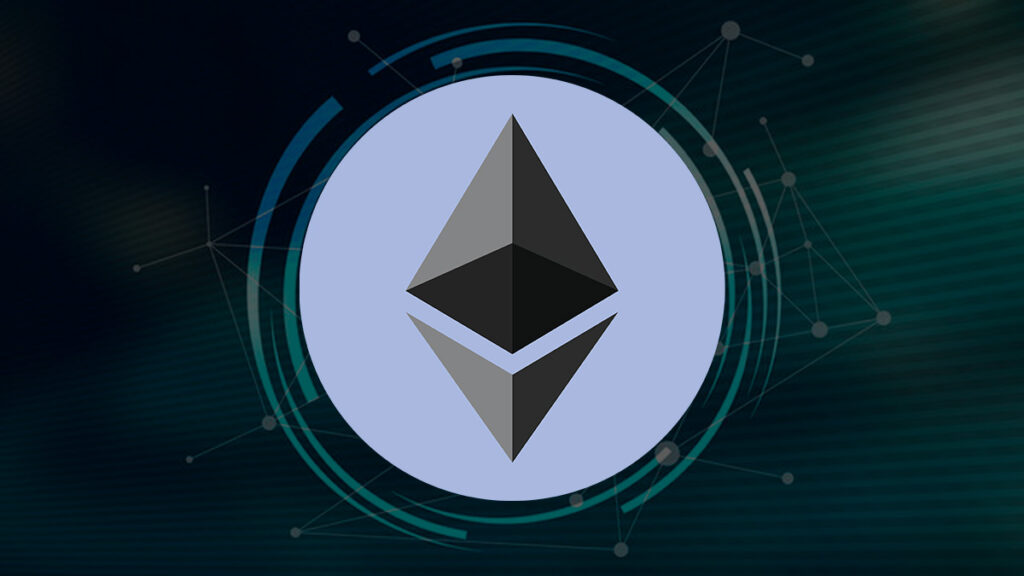TL;DR
- Ethereum staking demand rises as more validators join the network, but rewards remain low and price is stagnant amid regulatory uncertainty.
- More validators want to stake ether to secure the network and earn interest, but the entry queue is long and the yield is not growing. Ether price is also affected by the unclear status of ETFs and SEC regulation.
- High interest in Ethereum staking leads to a backlog of validators waiting to join the network, but the return rate is stable and low. Ether price is subdued by the lack of clarity on ETFs and SEC classification.
The Ethereum network is experiencing a significant surge in the number of validators looking to stake their ether (ETH). The validator entry queue, a waitlist for new Ethereum validators, has jumped to 5.914, the highest since October 6. This represents over 225,000 ether, equivalent to $562 million, and is expected to be cleared in just over 48 hours.
In the Ethereum network, there is a restriction on the number of new validators that can be added during each epoch, which is the duration required to process blocks on the blockchain. This constraint often leads to a backlog.
An epoch in Ethereum lasts for an estimated 6.4 minutes. Validators, who are crucial participants in Ethereum’s proof-of-stake consensus blockchain, are required to stake a minimum of 32 ETH to contribute to the network’s operation.
Validators who stake ether are rewarded with a consistent return rate, similar to the interest income earned from fixed-income assets such as bonds. David Lawant, the research head at the institutional cryptocurrency exchange FalconX, has observed that the recent increase in Ethereum staking activity suggests early indications of revitalization.
The Consistent Reward Rate of Staking Ethereum

However, it was also highlighted that the annualized percentage yield on staked ether has seen minimal to no growth. The aggregate rate of ether staking has consistently remained in the range of 3.5% to 4% for the past four months.
Despite a surge in the number of stakers intending to join the network, the count is still significantly lower than the over 75,000 observed after Ethereum’s Shapella upgrade in April of the previous year.
The Shapella upgrade marked the first instance where withdrawals of staked ether were permitted, thereby reducing the risk associated with securing coins in exchange for rewards. Following the announcement by the unsuccessful cryptocurrency lender Celsius about its intention to unstake all its ether holdings, there was a temporary surge in the number of validators on the waitlist seeking to exit.
Despite the observed variations, Ether’s recent price movements have been comparatively subdued when contrasted with Bitcoin and the wider cryptocurrency market. The ambiguity related to the possible introduction of spot ETFs in the U.S. later this year, coupled with the demand for a clear understanding of the U.S. SEC’s classification of Ether, has probably led to a more cautious trading environment in the market.












